
Smart Home Systems
Contact Excel Electric Today
Get Free Quote!
In today’s fast-paced world, upgrading your home with smart home systems not only adds convenience but also enhances security, making your life easier and more comfortable. Excel Electric in Longmont, CO, is your expert partner in transforming your living space into a smart home. With our expertise in home automation, camera installation, and integration with systems like Alexa, Google Home, and Josh AI, we bring modern solutions directly to your doorstep. Our team is licensed, insured, and ready to provide you with the dependable service you deserve.
Transform Your Home with Smart Systems in Longmont
At Excel Electric, we believe in making smart home technology accessible and easy to use for everyone. Whether you're looking to control lighting with the touch of a button, enhance home security with surveillance cameras, or integrate your home devices for seamless operation, we have the solutions you need.
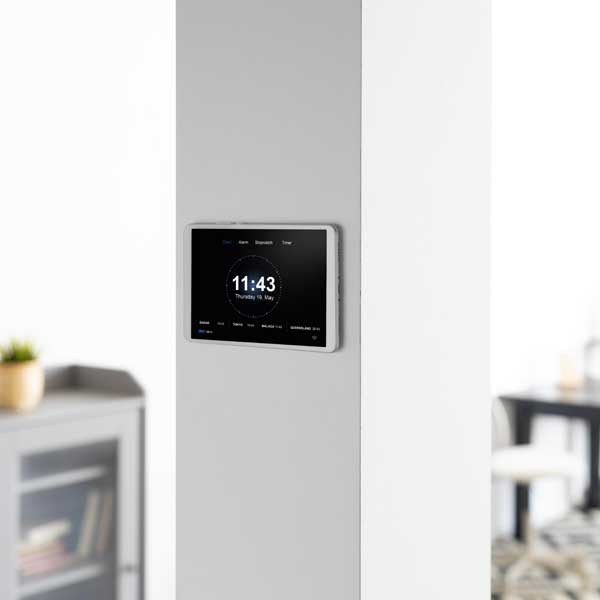
Our Home Automation Expertise Includes
Camera and Surveillance Installation
Keep an eye on your home with Nest cameras and Ring doorbell cameras. These devices offer live video feeds, motion detection alerts, and easy-to-use apps for round-the-clock security and peace of mind.
Lighting Systems and Dimmers
As an authorized Lutron dealer, we're experts in the RadioRA 3 system, which lets you control your home's lighting from anywhere. This system not only adds to your home's ambiance but also contributes to significant energy savings through efficient dimming and scheduling.

Home Integration Systems
Seamlessly merge your home's technology with Alexa, Google Home, or the privacy-focused Josh AI. Control lights, temperature, and security with simple voice commands or through a smartphone app, creating a convenient, integrated smart home experience.
Common Smart Home Systems: Solutions and Issues
Smart home technology has transformed modern living, allowing homeowners to control lighting, security, energy consumption, and more at the touch of a button or a simple voice command. While these innovations bring convenience, automation, and efficiency, they also introduce complexities in installation, integration, and troubleshooting.
From flickering smart lights to incompatible security devices, many homeowners encounter technical hiccups when setting up their smart systems. This guide explores the most common smart home solutions, the problems associated with them, and how to ensure smooth operation.
Smart Lighting Systems: Convenience Meets Complexity
Smart lighting systems offer a seamless way to enhance a home's ambiance while improving energy efficiency. With automation capabilities, homeowners can set schedules, adjust brightness, and even change colors to suit different moods and activities. However, as with any advanced technology, challenges can arise.

Common Issues with Smart Lighting Systems
- Wi-Fi Connectivity Problems: Smart bulbs and switches often rely on Wi-Fi or Bluetooth, making them vulnerable to connectivity drops, especially in large homes with weak signals in certain areas.
- Incompatibility with Traditional Switches: Some smart bulbs stop functioning correctly when used with standard light switches. Turning off a traditional switch completely cuts power to the smart bulb, rendering it ineffective until the switch is flipped back on.
- Flickering or Dimming Problems: Using non-compatible LED bulbs with smart dimmers can cause flickering, buzzing, or limited dimming range.
- Setup and Configuration Challenges: Some smart lighting systems require third-party hubs or additional setup steps, making installation more complex than simply screwing in a bulb.

Solutions for Smart Lighting Problems
- Optimize Wi-Fi Coverage: Install a mesh Wi-Fi system or a signal extender to ensure smart bulbs and switches remain connected throughout the home.
- Use Compatible Dimmers and Bulbs: Not all LED bulbs work well with smart dimmers. Ensure your dimmer switch is specifically designed to work with smart LEDs.
- Opt for Smart Switches Over Smart Bulbs: While smart bulbs provide individual control, smart switches allow homeowners to use any bulb while still maintaining automation and app control.
Outdoor Smart Lighting Control Systems: Enhancing Security and Ambiance
Outdoor smart lighting is an excellent way to improve home security and aesthetics. Motion-activated floodlights, path lights that adjust with sunset and sunrise, and voice-controlled patio lights add both convenience and safety. However, outdoor setups present unique challenges.

Common Issues with Outdoor Smart Lighting
- Weather Exposure: Rain, snow, and extreme temperatures can reduce the lifespan of outdoor smart lighting.
- Wi-Fi Range Limitations: Outdoor lights may struggle to stay connected if placed far from the router.
- False Triggers in Motion-Activated Lights: Some motion-detecting lights activate too frequently due to wind-blown objects, passing animals, or even insects.

Solutions for Outdoor Smart Lighting
- Use Weatherproof Fixtures: Invest in IP-rated waterproof smart lighting designed to withstand outdoor conditions.
- Improve Connectivity with a Mesh Network: A mesh Wi-Fi system extends coverage, ensuring outdoor lights maintain a strong connection.
- Adjust Motion Sensitivity: Fine-tune motion sensor settings to reduce false activations. Some systems allow homeowners to adjust motion detection zones.
Smart Dimmers: Personalized Lighting at Your Fingertips
Smart dimmers allow users to control brightness levels through apps, voice assistants, or automation schedules. They help conserve energy while creating a tailored lighting experience.

Common Issues with Smart Dimmers
- Wiring Complications: Many smart dimmers require a neutral wire, which older homes might not have.
- Flickering Lights: Incompatible bulbs can cause flickering or buzzing sounds when used with a smart dimmer.
- Connectivity Problems: Some smart dimmers lose connection to the smart home hub or app, making remote control unreliable.
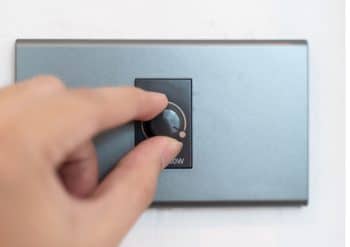
Solutions for Smart Dimmer Issues
- Check Compatibility Before Purchase: Ensure your home’s wiring supports smart dimmers, or opt for dimmers that don’t require a neutral wire.
- Use Smart-Friendly Bulbs: Purchase dimmable LED bulbs specifically designed to work with smart dimmers.
- Choose a Hub-Compatible Dimmer: If your smart home ecosystem is based on Alexa, Google Home, or Apple HomeKit, ensure your dimmer is compatible to avoid integration issues.
Smart Home Security Installation: A New Era of Protection
Smart home security systems integrate cameras, door sensors, and alarms to provide real-time protection and monitoring. These systems help deter burglars and keep homeowners informed of suspicious activities.
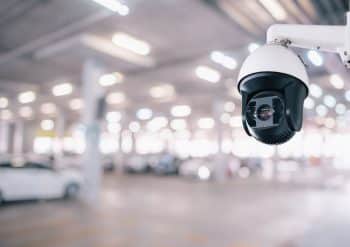
Common Issues with Smart Security Systems
- Complicated Installation: Some systems require complex wiring or hardwiring into the home’s electrical system.
- False Alarms: Motion sensors may trigger alarms due to pets, insects, or reflections.
- App or Software Bugs: Security apps may experience glitches, causing delayed notifications or unresponsive cameras.
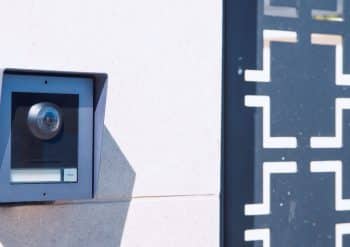
Solutions for Smart Security Installation
- Opt for Professional Installation: If unsure about wiring or placement, hiring an expert ensures optimal coverage and functionality.
- Adjust Motion Sensitivity: Many smart security systems allow users to fine-tune motion detection to minimize false alarms.
- Keep Software Updated: Regularly updating the app and firmware ensures security vulnerabilities are patched.
Ring Doorbell Camera Installation: Keeping an Eye on Your Front Door
The Ring doorbell camera is a staple in smart security, allowing homeowners to see, hear, and speak to visitors from anywhere.
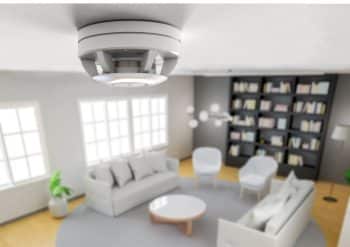
Common Issues with Ring Doorbell Cameras
- Wi-Fi Interference: Poor connectivity results in laggy video streams or missed notifications.
- Power Supply Issues: Hardwired models require a compatible transformer, while battery-operated versions need frequent recharging.
- False Motion Alerts: Some users receive too many notifications due to high sensitivity settings.
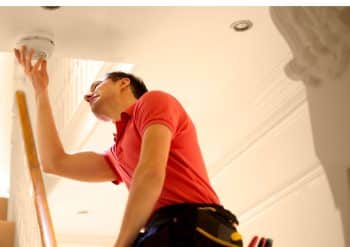
Solutions for Ring Doorbell Camera Issues
- Improve Wi-Fi Strength: Use a Wi-Fi extender near the doorbell to ensure a stable connection.
- Check Power Requirements: If installing a wired version, ensure your transformer meets the necessary voltage.
- Fine-Tune Motion Settings: Customize detection zones to avoid unnecessary alerts from passing cars or pedestrians.
Motion Detector Alarm System Installation: Advanced Intruder Detection
Motion detector alarms add an extra layer of security by triggering alerts when unexpected movement is detected.
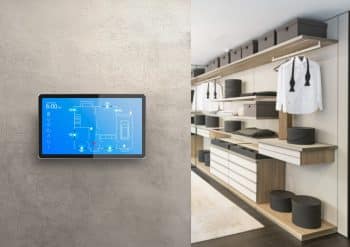
Common Issues with Motion Detectors
- Frequent False Alarms: Pets and environmental factors can cause excessive alerts.
- Battery Life Concerns: Wireless sensors require regular battery changes.
- Placement Mistakes: Improper positioning can lead to blind spots.

Solutions for Motion Detector Problems
- Use Pet-Friendly Sensors: Some models are designed to ignore movement from pets under a certain weight.
- Ensure Proper Placement: Avoid installing detectors near windows, heat sources, or reflective surfaces.
- Opt for Hardwired Options: If frequent battery changes are a concern, consider wired motion sensors.
Smart Home Integration Installation: Achieving a Cohesive System
A truly smart home integrates lighting, security, HVAC, and entertainment into a unified ecosystem.
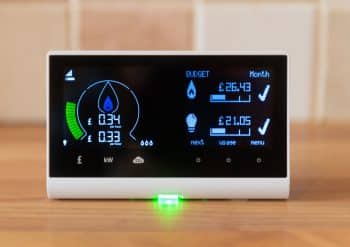
Common Issues with Smart Home Integration
- Compatibility Conflicts: Some devices don’t work well with certain ecosystems like Google Home, Amazon Alexa, or Apple HomeKit.
- Automation Failures: If routines don’t trigger properly, it can disrupt daily automation.
- Too Many Apps: Some users find themselves switching between multiple apps to control different devices.
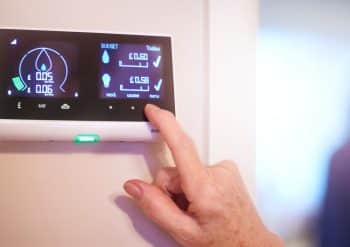
Solutions for Smart Home Integration Issues
- Choose Devices Within the Same Ecosystem: Sticking to one platform minimizes compatibility issues.
- Use a Smart Home Hub: A central hub like SmartThings or Home Assistant helps streamline integrations.
- Consolidate Control with a Single App: Many hubs allow all devices to be managed in one interface.
Smart Energy Management System: Efficiency Through Automation
Smart energy management helps homeowners monitor and reduce their electricity usage.
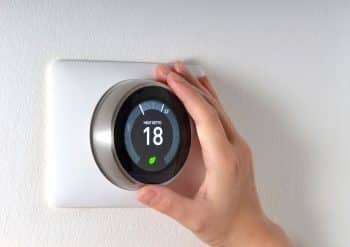
Common Issues with Smart Energy Management
- Inaccurate Readings: Some systems don’t provide precise energy consumption data.
- Limited Device Control: Older appliances may not be compatible with smart plugs or energy tracking.
- Over-Reliance on Cloud Servers: Some energy management apps require internet access, leading to downtime when offline.

Solutions for Smart Energy Management
- Calibrate Energy Monitors: Regularly check readings against your utility bill for accuracy.
- Upgrade to Smart-Compatible Appliances: Newer appliances integrate more effectively with energy management systems.
- Choose Locally Stored Data Options: Some energy monitors offer offline tracking to prevent cloud dependency.
Smart home systems enhance comfort, security, and efficiency, but they aren’t without their challenges. By selecting the right products, optimizing installation, and maintaining regular updates, homeowners can enjoy a seamless and reliable smart home experience.
Elevate Your Home with Excel Electric
Transform your house into a smart home with the guidance and expertise of Excel Electric. Reach out to us at 303-530-3333 to discover how we can upgrade your living space with the latest in home automation technology.




